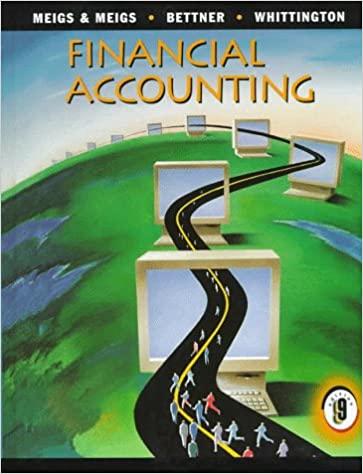Used car auction. You are bidding on a used car that is going to be auctioned off in a simple sealedjid first-price auction. You know there are 4 other bidders. You value the car at $20,000, and you estimate that the bids of your 4 rivals will each be independent draws from a normal distribution with nean $15,000 and standard deviation $2,000. Before doing any calculation, stop and think. Should rour bid be above, below, or equal to your true valuation of $20,000 ? Now we will solve for your optimal bid. Denote the chance that a bid b is higher than a given rival's sid as (b). Then, the chance that you win the auction with a bid b (by bidding higher than all 4 ivals) is ((b))4. a. Write down your expected profit in terms of your bid, b, and your probability of winning with that bid, ((b))4 : Expected profit = b. Now use the "Solver" tool in Excel to find the bid that maximizes your expected profits as a function of your bid. Note that ((b))4 is easily calculated: if b is in Cell A1, then the formula =NORM.DIST(Al,15000,2000,TRUE)4 yields ((b))4. Hint: Be careful that your initial guess is something reasonable, like $15000. If you start with a guess of, say, $1,000, Solver will not be able to deal with a number as miniscule as your modeled probability of winning. b= What is the probability you win the auction at that bid? Pr(winb)= By what percentage of your true valuation are you shading (reducing) your bid? c. Now, say that one more rival decides to bid in the auction, but you suspect that she is not as serious as the other bidders, that is, her bid is normally distributed with mean $14,000 and standard deviation $2,000. Before doing any calculation, stop and think. How should this affect your bidding strategy? Should you bid higher or lower? The new probability that you win with a bid b is the probability that you bid higher than the 4 original entrants, as well as the new entrant. This probability, in Excel, can be expressed as: =( NORM.DIST (A1,15000,2000,TRUE)4) NORM.DIST (A1,14000,2000, TRUE ) By how much does your optimum bid change relative to Part b ? Be sure to indicate whether this change is an increase or a decrease. Change in bid: d. If the auction instead were a sealed-bid 2nd price auction, how do your answers to Parts b and c change? My optimum bid in Part b would be b= and this bid would change by in Part c








